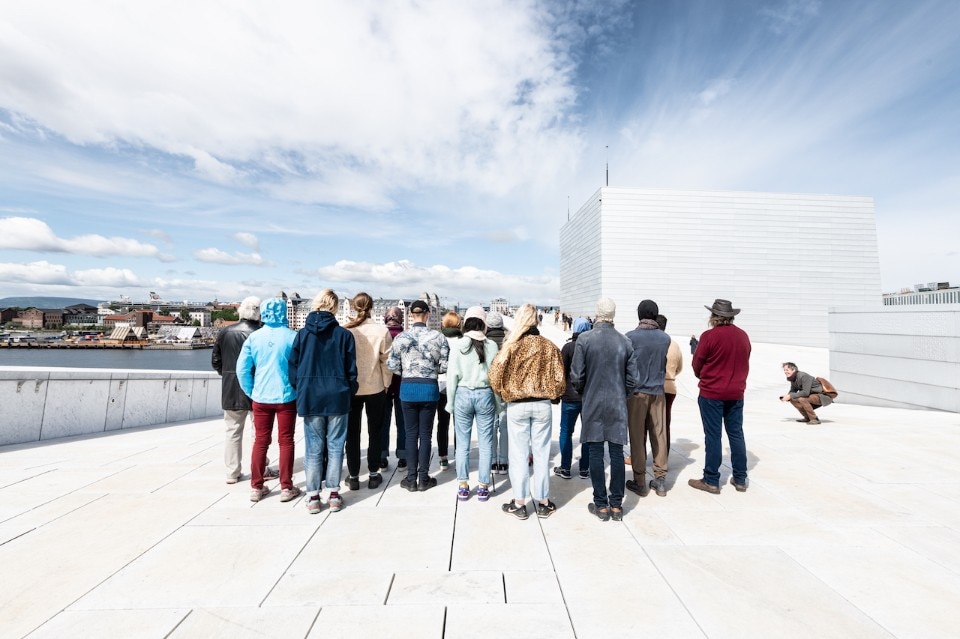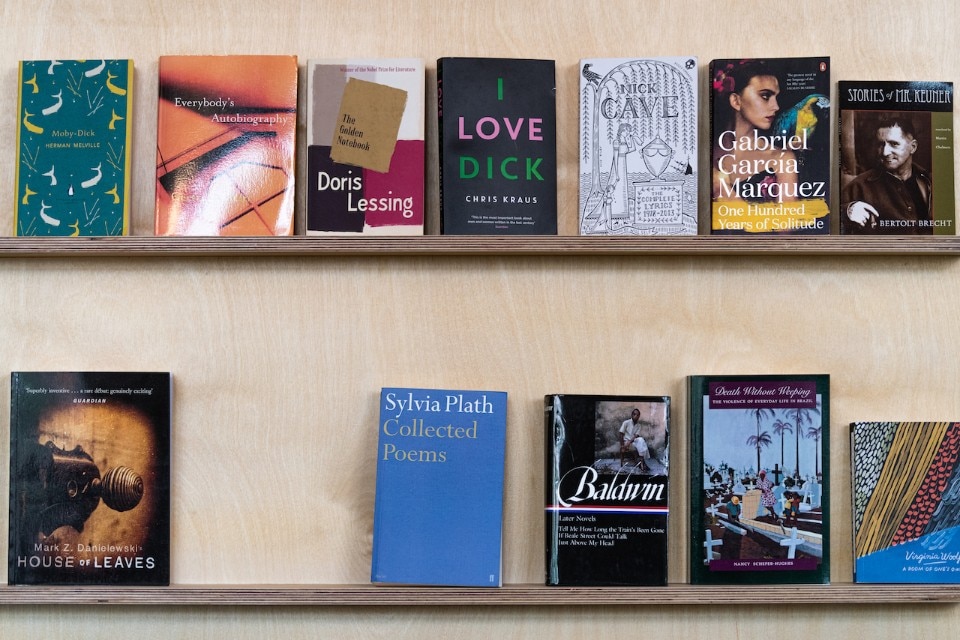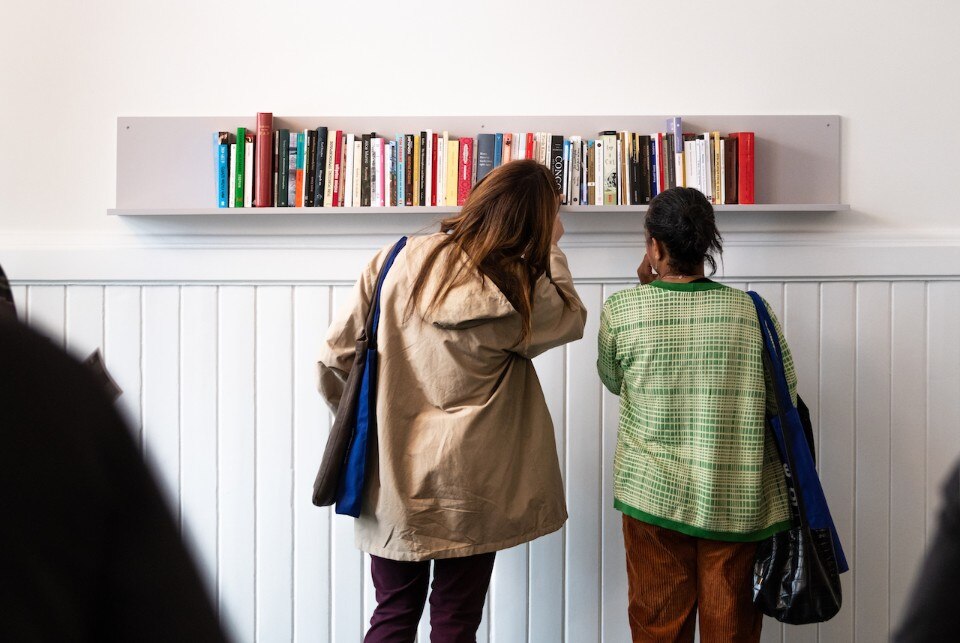The first edition of the Oslo Biennial, (“osloBIENNALEN”) has an ethereal nature, an urban mirage populated with utopias. The choices of the curators take the form of a series of Fluxus and situationist-like productions. Through artistic practices and interventions in public spaces, over the course of five years (2019-2024), a range of different projects will appear in various areas of the city, substituting the conventional art venues with a series of performances, installations and site-specific works. The research is based on the personal psycho-geography of Eva González-Sancho Bodero and Per Gunnar Eeg-Tverbakk, the creators of this brand-new form of exhibition.
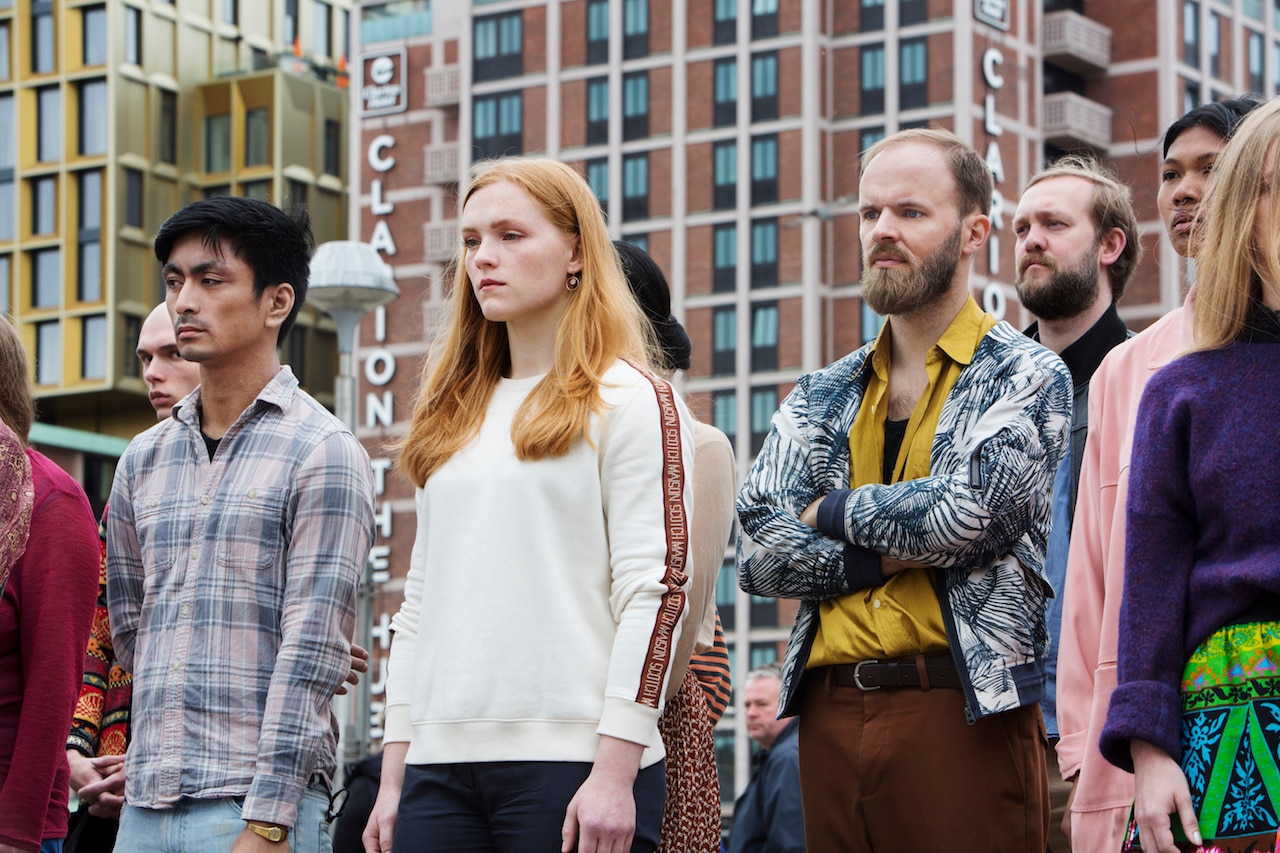
 View gallery
View gallery
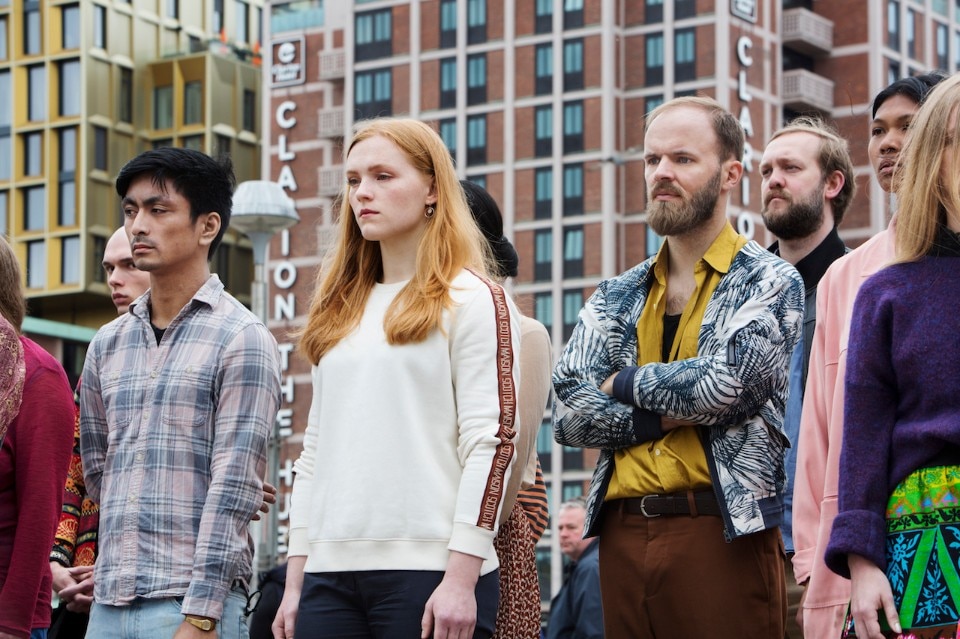
Oslo Biennial
'The Viewers' by Carole Douillard at Oslo Central Station
Photo Inger Marie Grini / © osloBIENNALEN
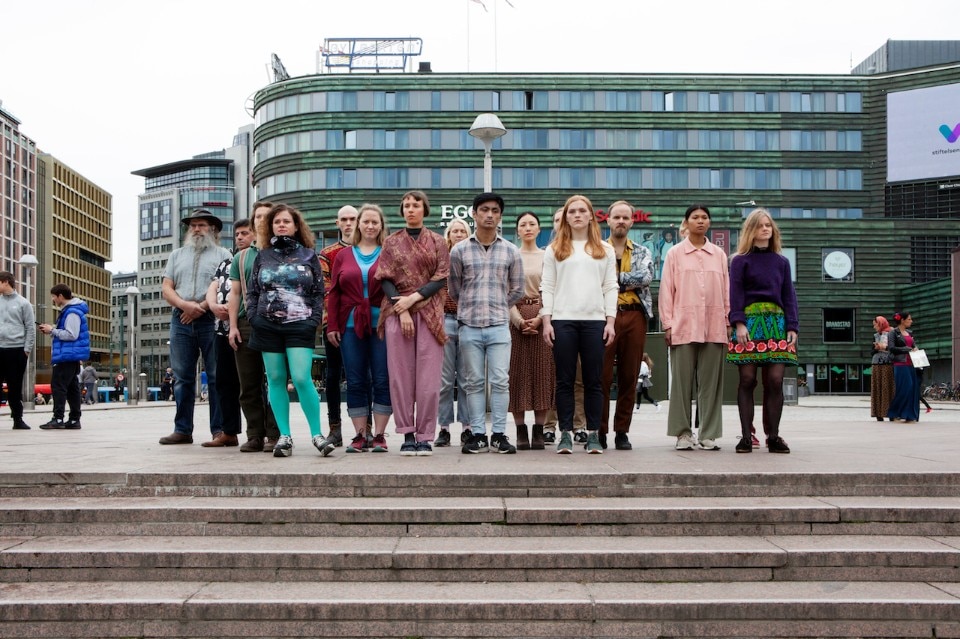
Oslo Biennial
'The Viewers' by Carole Douillard at Oslo Central Station
Photo Inger Marie Grini / © osloBIENNALEN
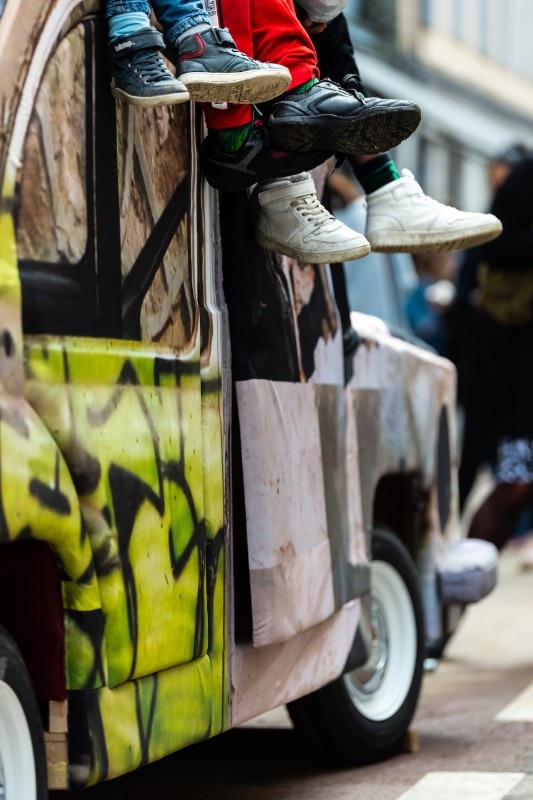
Oslo Biennial
Ed D'Souza's ‘Migrant Car’ parked in front of Eddie King's Furniture and Upholstery Workshop in Grünerløkka, Oslo
Photo Niklas Hart, Hartwork / © osloBIENNALEN
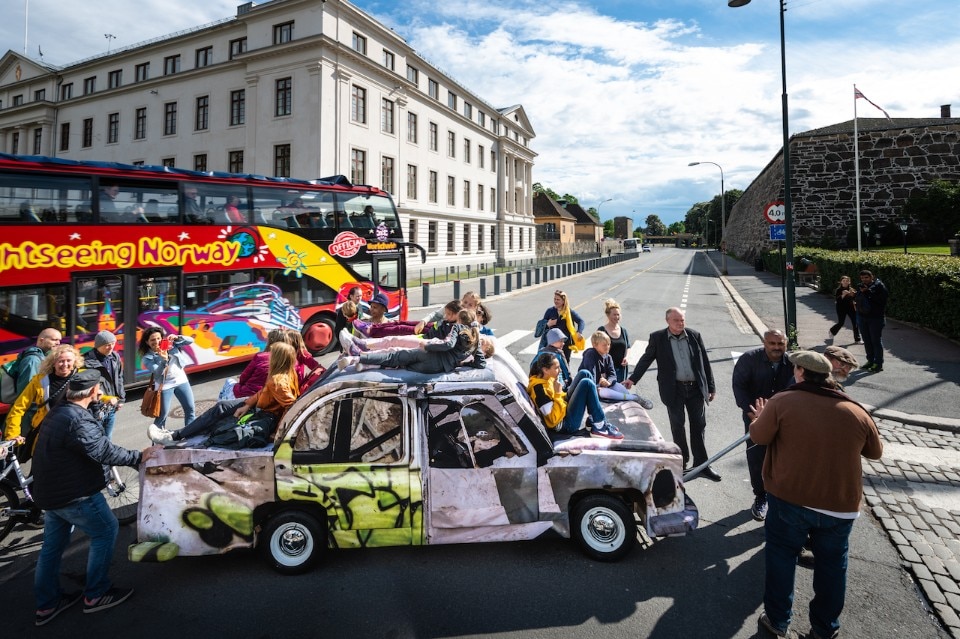
Oslo Biennial
Ed D'Souza's ‘Migrant Car’ parked in front of Eddie King's Furniture and Upholstery Workshop in Grünerløkka, Oslo
Photo Niklas Hart, Hartwork / © osloBIENNALEN
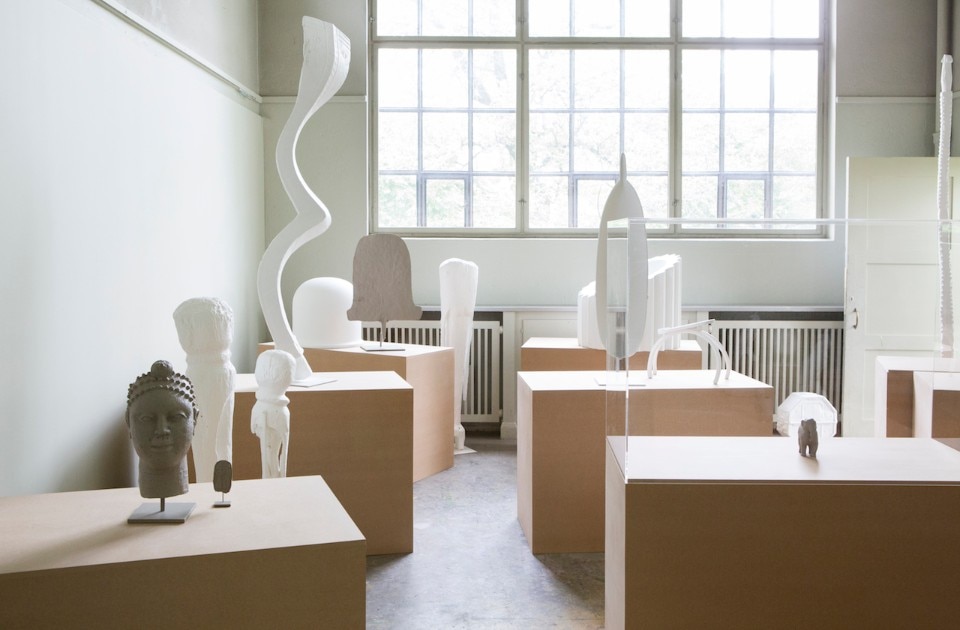
Oslo Biennial
Installation view of ‘Gaylen Gerber, Edvard Munch Studio, Ekely, Oslo, 2019’
Photo Courtesy of the artist and Paul Levack
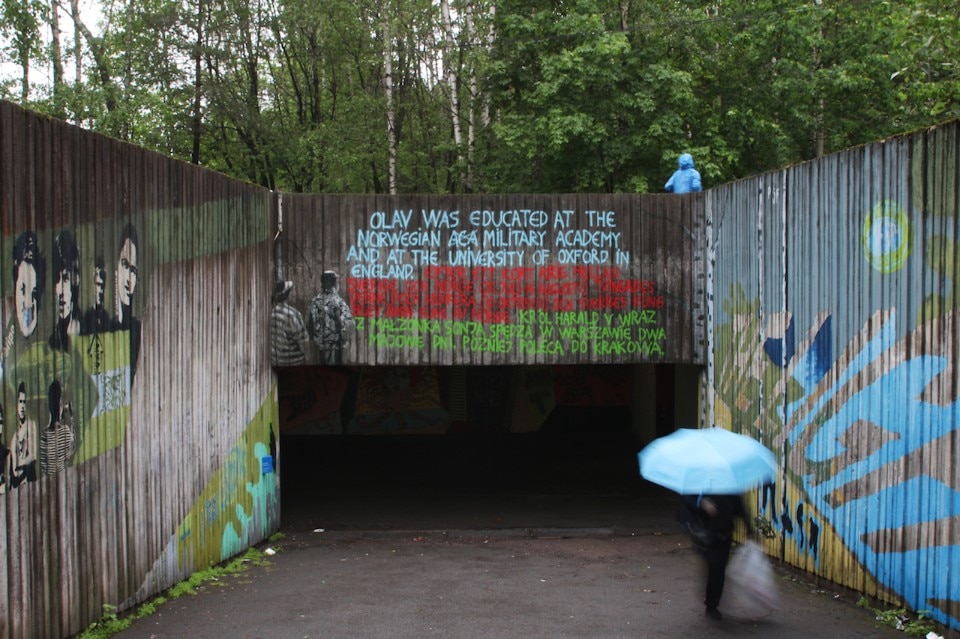
Oslo Biennial
Installation view of 'The King of Norway’ from 'Seven Works for Seven Locations' (series) by Hylnur Hallsson
Photo Asle Olsen / © osloBIENNALEN
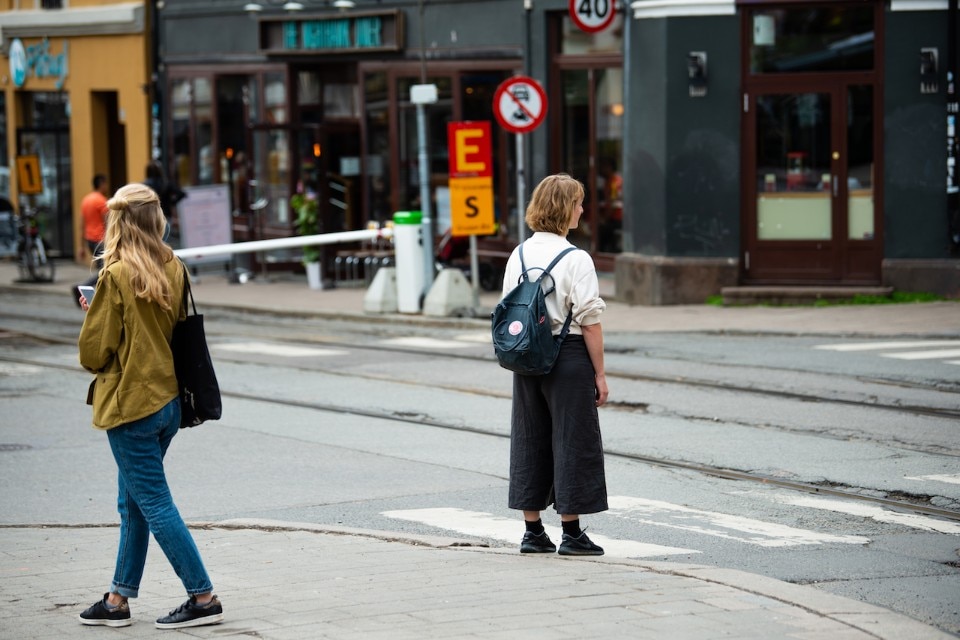
Oslo Biennial
Performance of ‘Intet er stort intet er litet (Nothing is big nothing is small)' by Julien Bismuth.
Photo Niklas Hart, Hartwork / © osloBIENNALEN
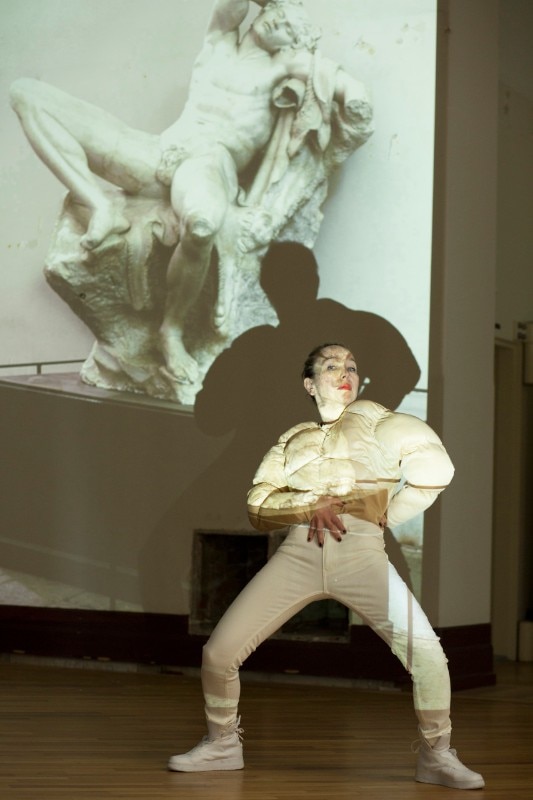
Oslo Biennial
Marianne Heier, 'And Their Spirits Live On', which will be performed at the former Museum for Contemporary Art as part of osloBIENNALEN’s 2019 opening programme
Photo Kristine Jakobsen / © osloBIENNALEN
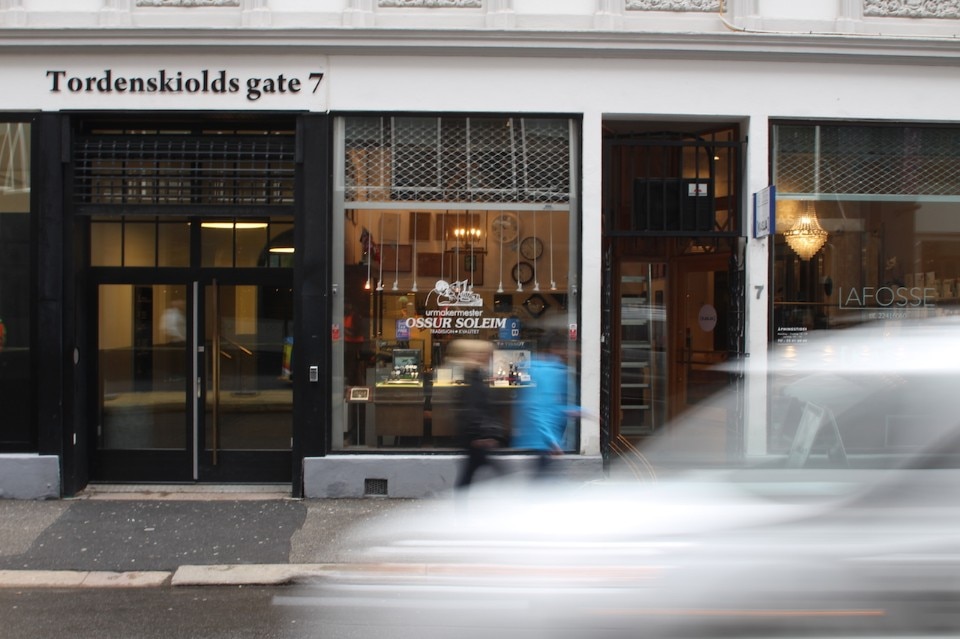
Oslo Biennial
A glimpse of ‘The Longest Day and the Longest Night’ in Ossur Soleim Watchmaker, which forms part of ‘Tre Eventyr (Three Fairy Tales)’ by Michael Ross
Photo Asle Olsen / © osloBIENNALEN
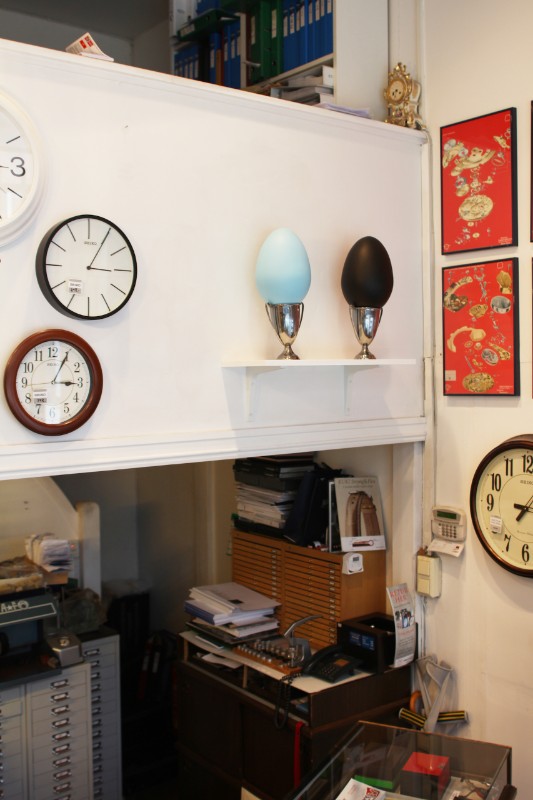
Oslo Biennial
A glimpse of ‘The Longest Day and the Longest Night’ in Ossur Soleim Watchmaker, which forms part of ‘Tre Eventyr (Three Fairy Tales)’ by Michael Ross
Photo Asle Olsen / © osloBIENNALEN
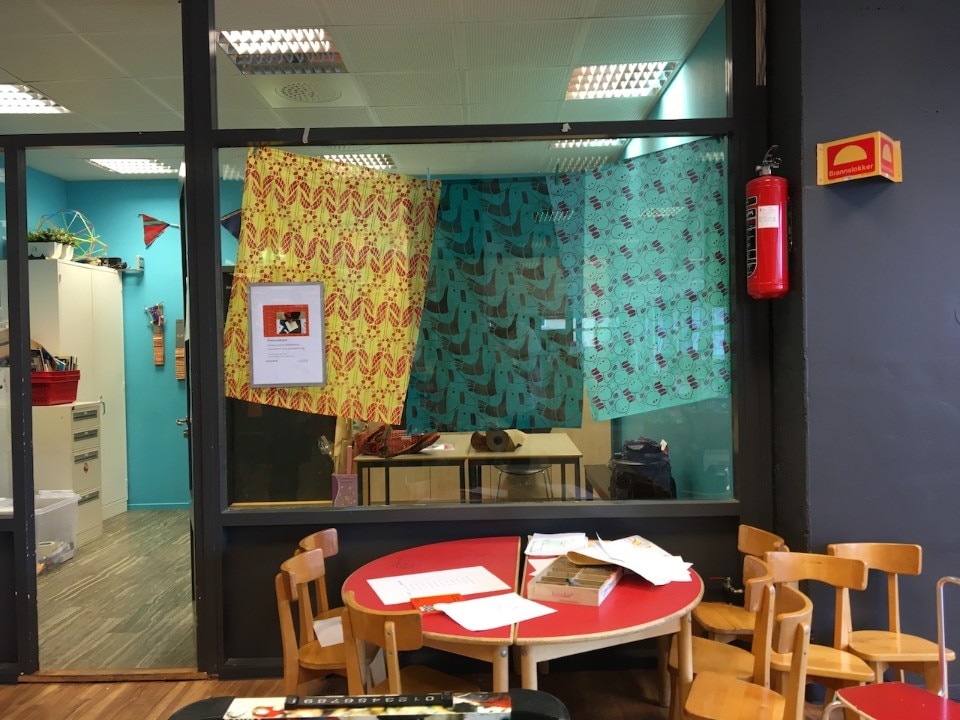
Oslo Biennial
A workshop is underway for ‘Another Grammar for Oslo’ by Mônica Nador and Bruno Oliveira
Photo Courtesy of the artists
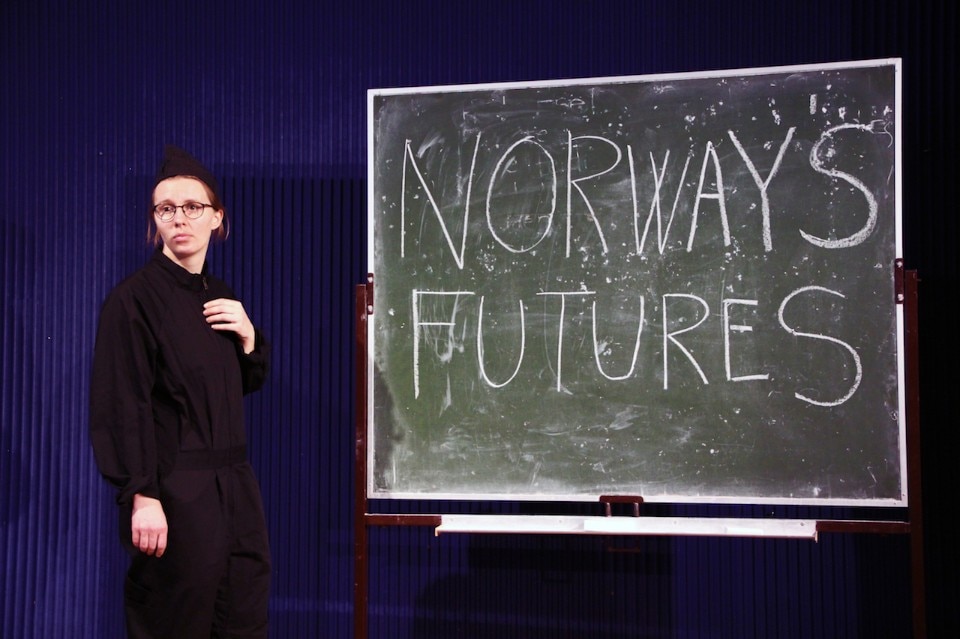
Oslo Biennial
Rehearsal of 'National Episodes: Grini and the Futures of Norway' by Rose Hammer
Photo courtesy of the artist
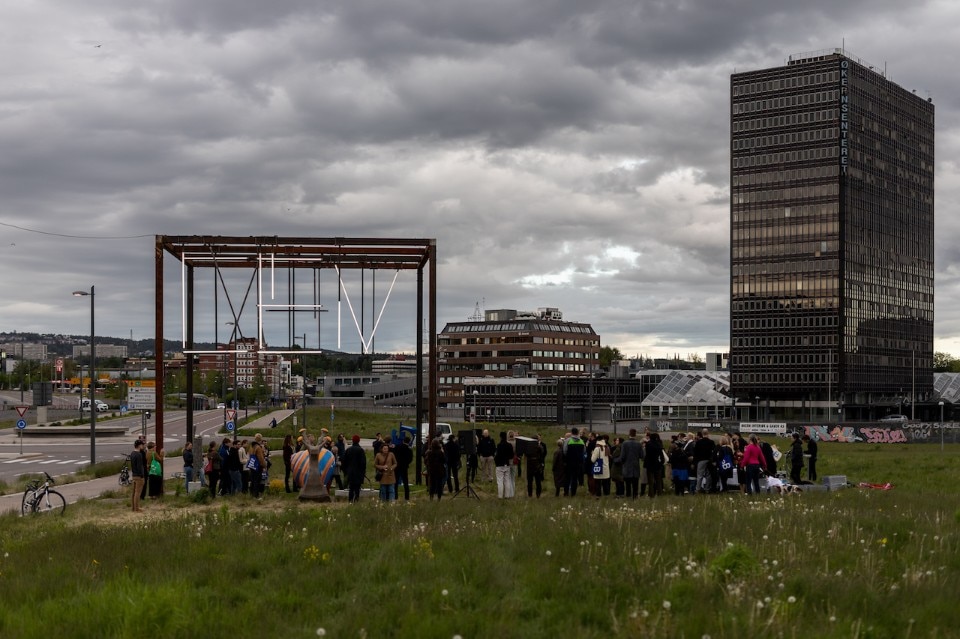
Oslo Biennial
‘Oslo Collected Works OSV.’ by Jan Freuchen, Jonas Høgli Major and Sigurd Tenningen
Photo iklas Lello / © osloBIENNALEN
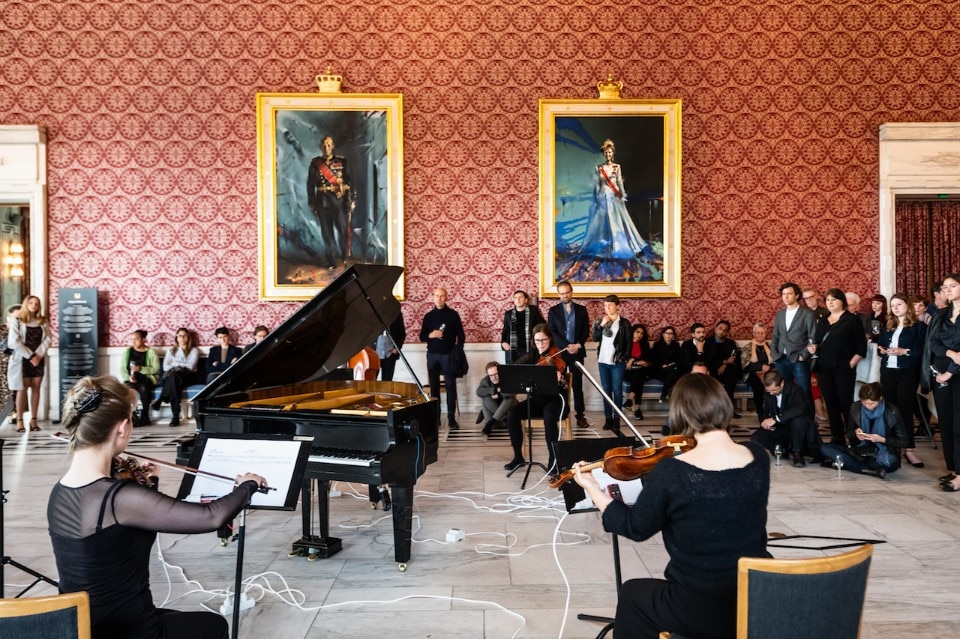
Oslo Biennial
Øystein Wyller Odden's ‘Power Balance (Composition for Piano, Alternating Current and Orchestra)’ performed at Oslo City Hall during osloBIENNALEN
Photo Niklas Hart, Hartwork / © osloBIENNALEN
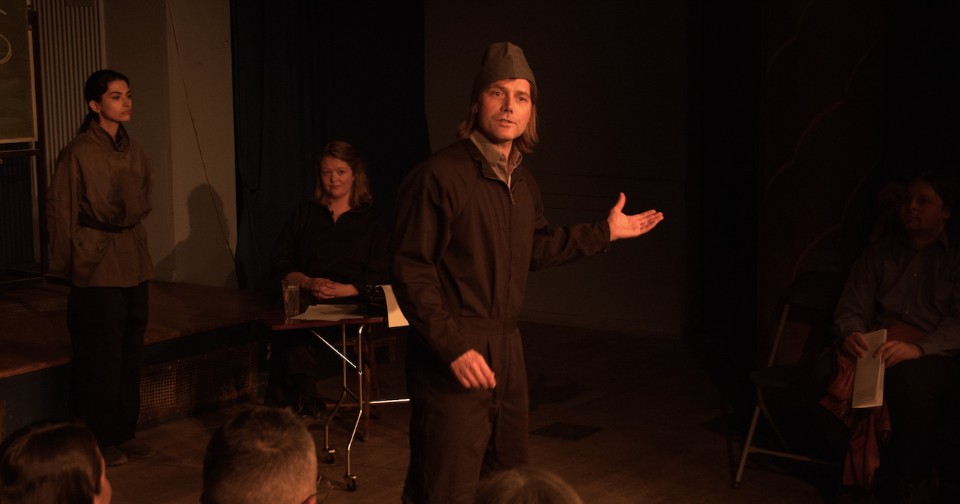
Oslo Biennial
'Grini and the Futures of Norway, National Episode No. 1' performed by Rose Hammer at the Påfuglen Perlen for osloBIENNALEN
Photo and cinematography: AndréWulf
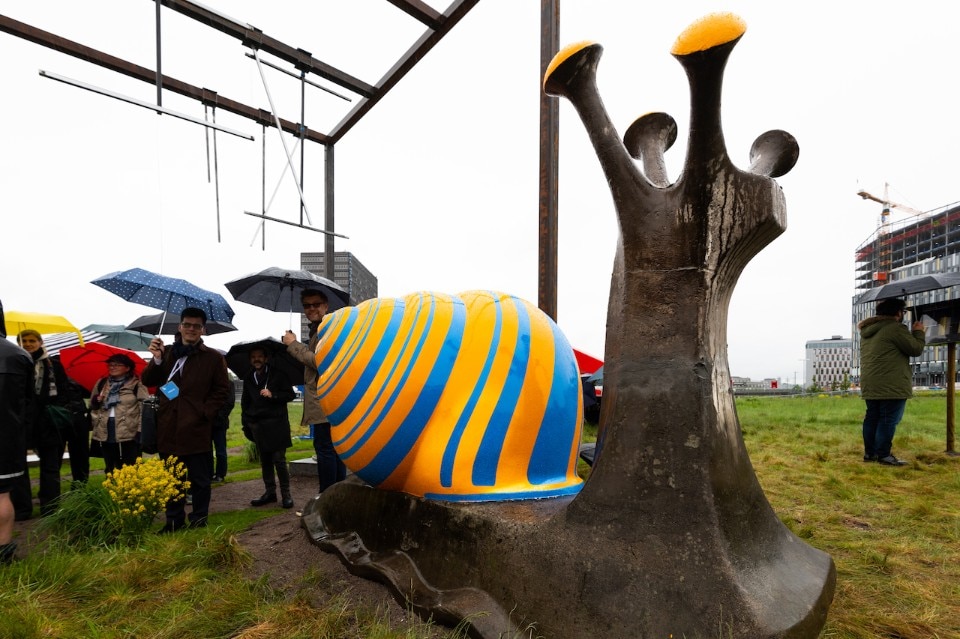
Oslo Biennial
Sivert Donali’s ‘Snegl’ in ‘Oslo Collected Works OSV.’ by Jan Freuchen, Jonas Høgli Major and Sigurd Tenningen
Photo Niklas Hart, Hartwork / © osloBIENNALEN

Oslo Biennial
'The Viewers' by Carole Douillard at Oslo Central Station
Photo Inger Marie Grini / © osloBIENNALEN

Oslo Biennial
'The Viewers' by Carole Douillard at Oslo Central Station
Photo Inger Marie Grini / © osloBIENNALEN

Oslo Biennial
Ed D'Souza's ‘Migrant Car’ parked in front of Eddie King's Furniture and Upholstery Workshop in Grünerløkka, Oslo
Photo Niklas Hart, Hartwork / © osloBIENNALEN

Oslo Biennial
Ed D'Souza's ‘Migrant Car’ parked in front of Eddie King's Furniture and Upholstery Workshop in Grünerløkka, Oslo
Photo Niklas Hart, Hartwork / © osloBIENNALEN

Oslo Biennial
Installation view of ‘Gaylen Gerber, Edvard Munch Studio, Ekely, Oslo, 2019’
Photo Courtesy of the artist and Paul Levack

Oslo Biennial
Installation view of 'The King of Norway’ from 'Seven Works for Seven Locations' (series) by Hylnur Hallsson
Photo Asle Olsen / © osloBIENNALEN

Oslo Biennial
Performance of ‘Intet er stort intet er litet (Nothing is big nothing is small)' by Julien Bismuth.
Photo Niklas Hart, Hartwork / © osloBIENNALEN

Oslo Biennial
Marianne Heier, 'And Their Spirits Live On', which will be performed at the former Museum for Contemporary Art as part of osloBIENNALEN’s 2019 opening programme
Photo Kristine Jakobsen / © osloBIENNALEN

Oslo Biennial
A glimpse of ‘The Longest Day and the Longest Night’ in Ossur Soleim Watchmaker, which forms part of ‘Tre Eventyr (Three Fairy Tales)’ by Michael Ross
Photo Asle Olsen / © osloBIENNALEN

Oslo Biennial
A glimpse of ‘The Longest Day and the Longest Night’ in Ossur Soleim Watchmaker, which forms part of ‘Tre Eventyr (Three Fairy Tales)’ by Michael Ross
Photo Asle Olsen / © osloBIENNALEN

Oslo Biennial
A workshop is underway for ‘Another Grammar for Oslo’ by Mônica Nador and Bruno Oliveira
Photo Courtesy of the artists

Oslo Biennial
Rehearsal of 'National Episodes: Grini and the Futures of Norway' by Rose Hammer
Photo courtesy of the artist

Oslo Biennial
‘Oslo Collected Works OSV.’ by Jan Freuchen, Jonas Høgli Major and Sigurd Tenningen
Photo iklas Lello / © osloBIENNALEN

Oslo Biennial
Øystein Wyller Odden's ‘Power Balance (Composition for Piano, Alternating Current and Orchestra)’ performed at Oslo City Hall during osloBIENNALEN
Photo Niklas Hart, Hartwork / © osloBIENNALEN

Oslo Biennial
'Grini and the Futures of Norway, National Episode No. 1' performed by Rose Hammer at the Påfuglen Perlen for osloBIENNALEN
Photo and cinematography: AndréWulf

Oslo Biennial
Sivert Donali’s ‘Snegl’ in ‘Oslo Collected Works OSV.’ by Jan Freuchen, Jonas Høgli Major and Sigurd Tenningen
Photo Niklas Hart, Hartwork / © osloBIENNALEN
Benjamin Bardinet
The French artist has a consolidated knowledge of educational spaces and of mediation of the focal points of the French artistic scene. His work in Oslo aims to connect the entire space of the Biennial with the experimental return to a pre-digital world. Having abolished the practice of guiding visitors via apps or GPS, he relies on the construction of meaning via the use of personal drifting. The public is offered a map with which to create itineraries, allowing them to orientate among the works on show.
25 May – 20 October 2019
Map to Get Lost: a drift through concepts, facts and rumours
Myntgata 2, Oslo
Jan Freuchen, Sigurd Tenningen, Jonas Hogli Major
A pavilion at the motorway exit on the outskirts of Oslo and at the foot of the iconic Økern skyscraper. This is the location for a collection of works that are usually abandoned in the city’s art collection deposits. An artist, an architect and a writer have brought together and set out a group of sculptures depicting animals. The relationship with the building, which is due to be demolished, is emphasised. The effect is one of estrangement for works from different eras that play with the idea of the ruin of Norwegian Modernism.
25 May – 30 September 2019
Oslo Collected Work OSV
Økern, Oslo
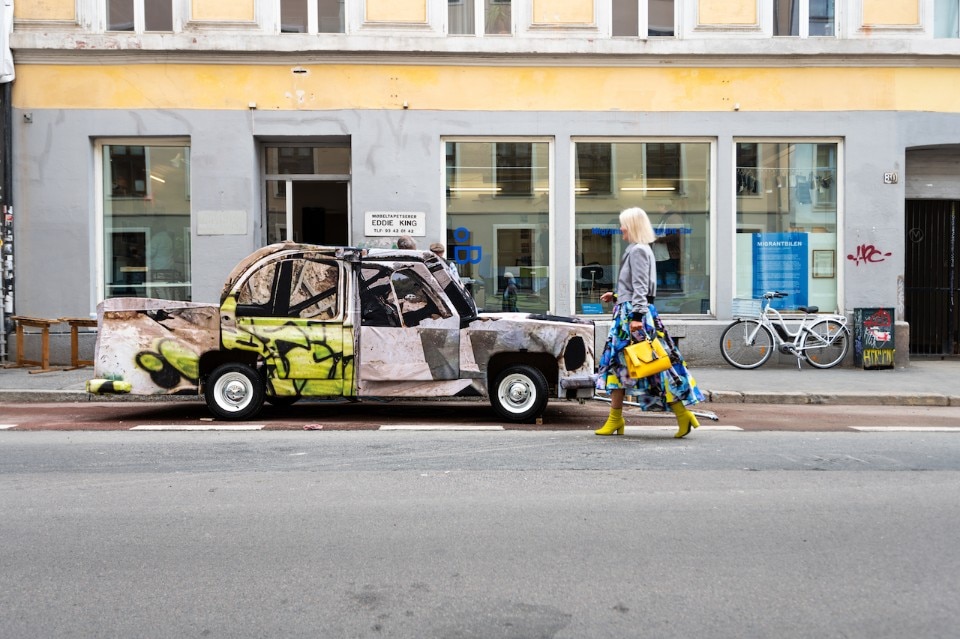
Carole Douillard
A small group of performers, totally immobile, observe contemporary Oslo and its horizons. The strategy of their positioning has been meticulously studied by the artist. The roof of the Opera House, the new belvedere overlooking the Fjord, or the plaza of the Central station are eclipsed by their tourist vocation. The abandoned Y-Block area, the starting point for the terrorist attack carried out in July 2011 by Anders Breivik, offers a point for reflection and the possibility to create an intense narrative rapport with the capital’s recent past.
7 June – 14 September 2019
The Viewers
Ekeberg Park, Frogner Park, Frognerseteren neighbourhood, Grønlands torg, Jernbanetorget, The Nobel Peace Centre, The Opera House, Torshov Park, University Square, The Y-block, The Youngstorget Square.
Rose Hammer
Rose Hammer is an “artistic entity” that brings together a collective of collaborators that evolves and modifies around the fulcrum of the project that Rose set up. Norway’s post-Nazi history began in Barrack 12 of the Grini concentration camp. Her touching Brecht-like piéce traces its beginnings, forming the outlines for the future of this country.
National Episodes: Grini and the futures of Norway
Lisa Tan
The American artist has chosen to use her budget for the production of works for the refurbishment of the public toilets in Myntgata 2. The building is the headquarters of the Biennial and is host to the studios of more than 50 artists in the city centre. The text associated with the operation goes to the root of the idea of individual artistic creation, in clear contrast to an artistic system and spectators that contemplate and use the 24 K gold toilette at the Guggenheim in New York.
25 May – 26 October 2019
Other Artist
Myntgata 2, Renovated toilets
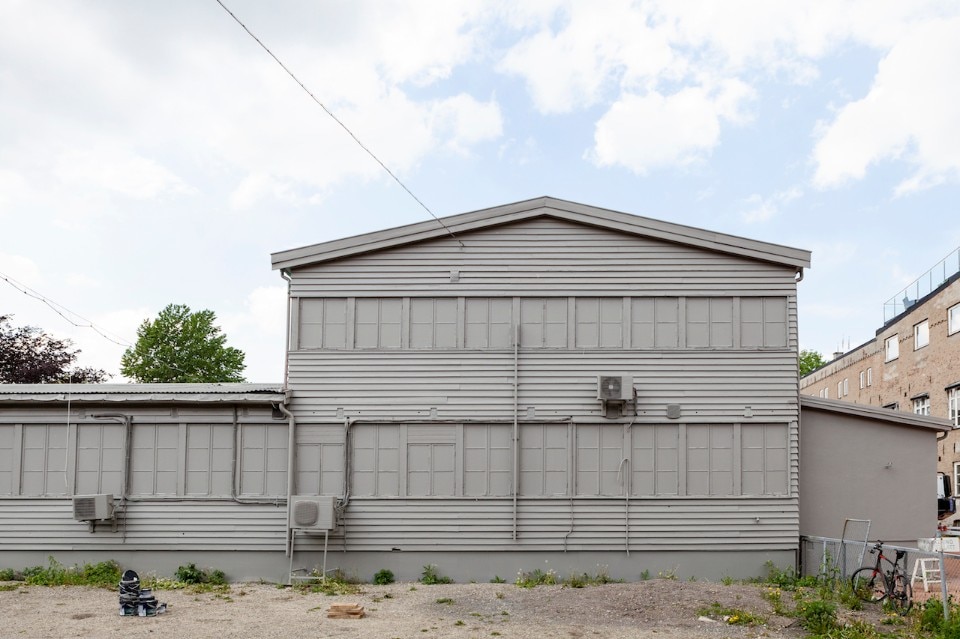
The complete and calculated absence of traditional exhibition spaces in any case render another two interventions unmissable in this Biennial. The double installation of found objects by Gaylen Gerber in the Edward Much studio in Ekely echoes an intervention in Myntgata 2. The same grey patina on the objects by the artist to re-examine and highlight a building that was the headquarters of the Secret Service during Nazi occupation.
And, lastly, the performance by Marianne Heier in one of the ex-venues of the Nasjonal Museet, now unused. An instrument to analyse the imminent future of Oslo as a cultural Eldorado. Her work And their spirits live on, 2019, brings together mythology and classic sculpture with a subtle criticism of institutions. The entire “osloBIENNALEN” can be seen as an antidote to the destiny of the city, which - like Doha or Abu Dhabi - risks the bending its brand-new museum system being subjected to an acritical use.


